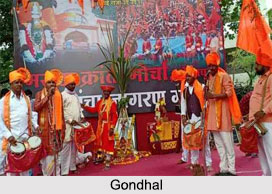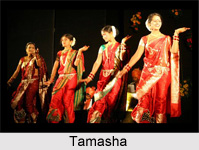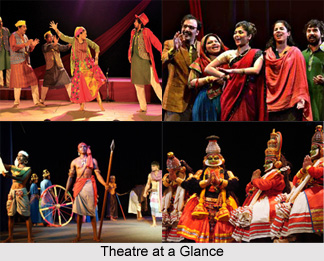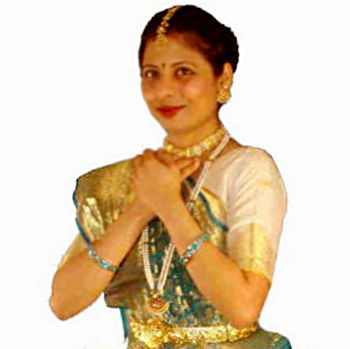Development of Indian people`s theatre association took place during 1942-1946 due to the influence of Communist Party of India. After the victory of the allied forces in 1945, the anti-imperialist struggle not only became more intense, but acquired an unprecedented mass character with the workers, peasants and the urban petty bourgeoisie taking a more and more active role. Many erstwhile Indian Peoples Theatre Association (IPTA) activists, when asked today about the formal experimentations undertaken in the 1940s, express surprise or even a slight degree of irritation.
They point out that they were not interested in experiments but in communicating a message and for this they were willing to take the help of whatever forms were available. Again, many professional artists who were at one time connected with IPTA assert that the tendency of IPTA was to forsake formal excellence for propaganda. These two polarities of opinion in fact supplement each other and arise from the same theoretical preconception that politicization and formal experimentation in art are opposed to each other. The development of this preconception within IPTA was one of the manifestations of the theoretical crisis it came to face.
The unprecedented success of the work done by the Bengal Squad had encouraged the decision of forming a central team of artists. This referred to the cultural squad which, sponsored by the People`s Relief Committee, had gone to Punjab in November 1943 to bring aid to famine-stricken Bengal. This was followed by a second squad with a fuller programme called Voice of Bengal, visiting Mumbai, Gujarat and Maharashtra in April 1944. In the course of these two trips, not only had two and a quarter lakhs of rupees been raised for the Relief Committee, but a wave of sympathy and fellow feeling for Bengal had been created among large audiences in urban and rural areas. The squads included some highly talented singers and dancers, but few of them were trained.
The Central Squad which included many artists from the earlier teams, apart from new ones, was expected to rouse the same kind of enthusiastic response by presenting the rich heritage of Indian culture to varied and broad-based audiences. The presentation was seldom overtly political, but the anti-imperialist theme ran as an undercurrent in most programmes. Also, adaptations of various folk entertainments like the Lambadi dance from Andhra Pradesh, Ramlila and Holi from the United Provinces, and Gajan from Bengal were included.




